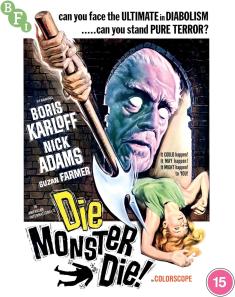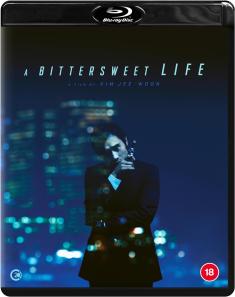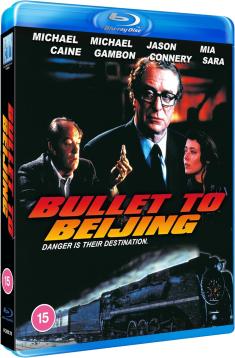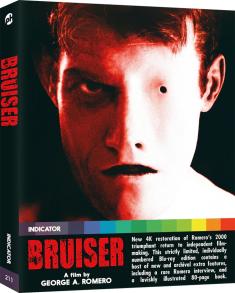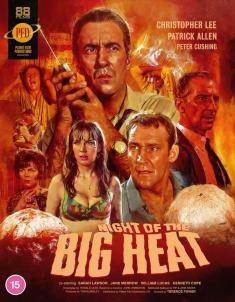Lost Dimension
Overview -
The idea of a traitor being in the ranks is nothing new to video games, least of all RPGs. The concept of an ally that the protagonist fought on the same side of and trusted with their life turning on them can, if used correctly, invoke powerful emotions from the player. But while most video games use that concept as a one-note plot point, 'Lost Dimension' makes betrayal and traitors the core of it story, and it even bleeds into its gameplay elements.
Video Review
.png)
Quite frankly, 'Lost Dimension' looks far from good. On the battlefield, colors are washed out and bland, foreground and background alike are basic and boring, and character models look a bit off, more like a PlayStation 2 game than a late PS3 and Vita one. Cutscenes usually cut to character portraits talking, and these use a different art style. While the character dialog style isn't bad, per se, the change is a little jarring, and personally it feels as though something is "off" with the portraits in those scenes, which make them none too fun to look it.
'Lost Dimension' looks a bit better on the Vita than the PS3, but I attribute that mostly to my Vita's OLED screen making the colors pop a little more, and the smaller screen overall being able to hide the title's visual blemishes better.
Audio Review
.png)
The music in 'Lost Dimension' isn't bad at all. The punk-ish, techno-ish track fits the odd situation Shin and the others are in pretty well, and accentuate the unusual-ness of the tower they are trapped in pretty well. However, even if the tracks are good, it can become grating to only hear the same few tracks over and over again, no matter how good they are. Since battles last so long, players will be hearing the normal player and enemy battle tracks quite often, and they aren't so great to hear the 20th time around.
Voice acting is really hit or miss, ranging from alright to awful… and with the option only for English voices, it's a shame that Japanese voice acting wasn't available for comparison.
Final Thoughts
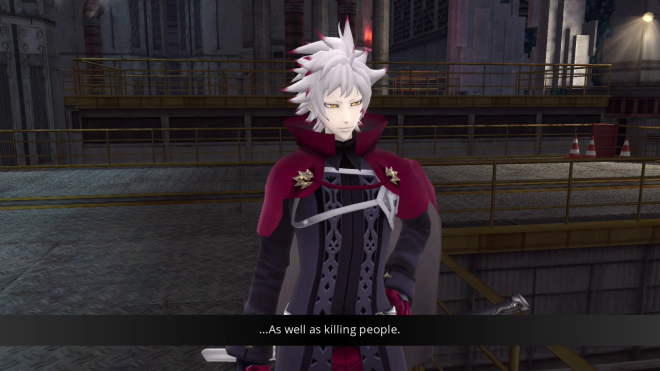
'Lost Dimension' really had the chance to be something special. The premise, and story itself are actually quite interesting, and paint an interesting world outside the tower the characters are trapped in. However, when the core of the game is rotten, it's hard to salvage the whole title, and therefore it's very hard to give this Atlus title a recommendation. If you're an RPG fan that really doesn't mind battles that are slow as molasses, you might want to give it a try, though—sitting around fifteen to twenty hours for a playthrough, it's pretty short for an RPG and may be worth a weekend romp.





